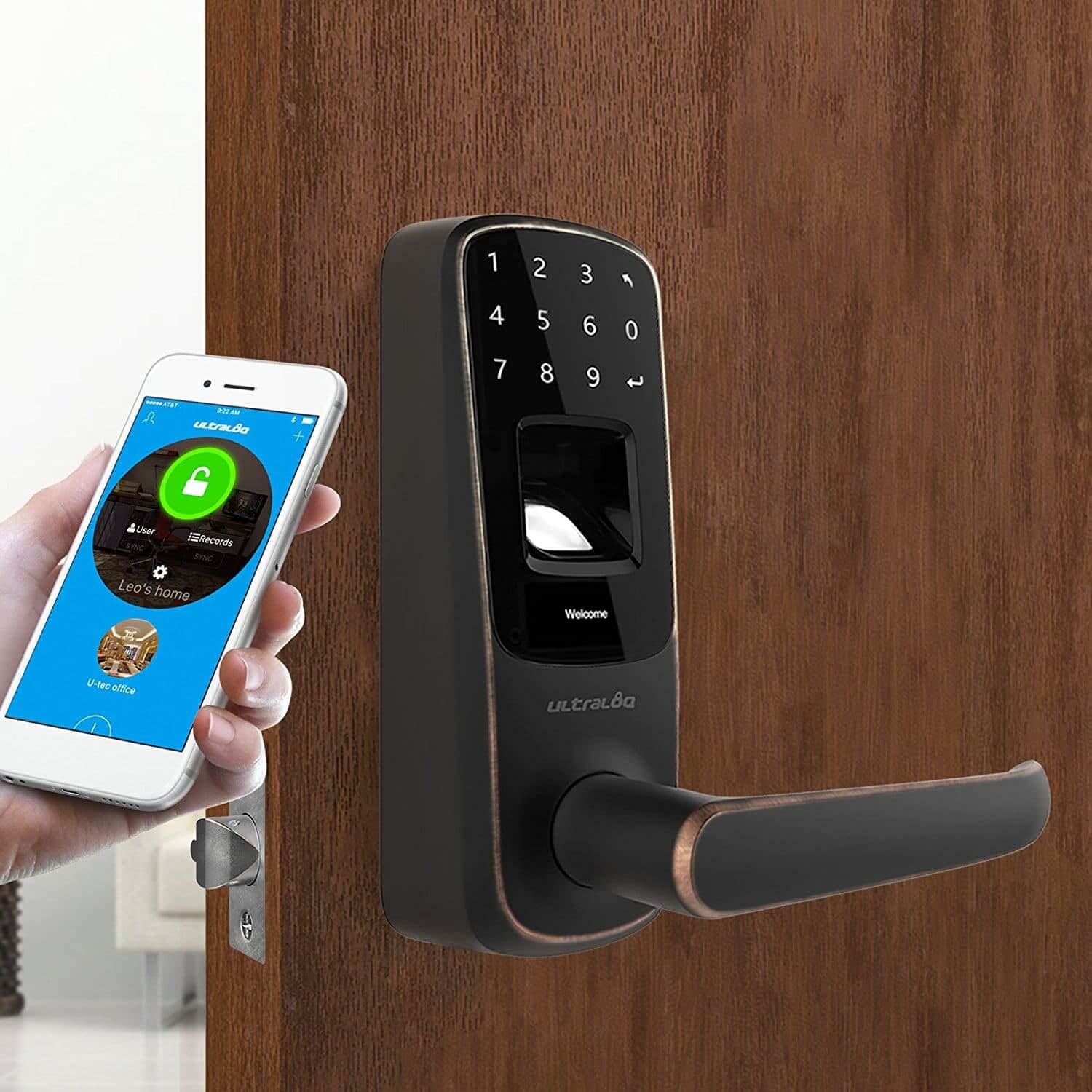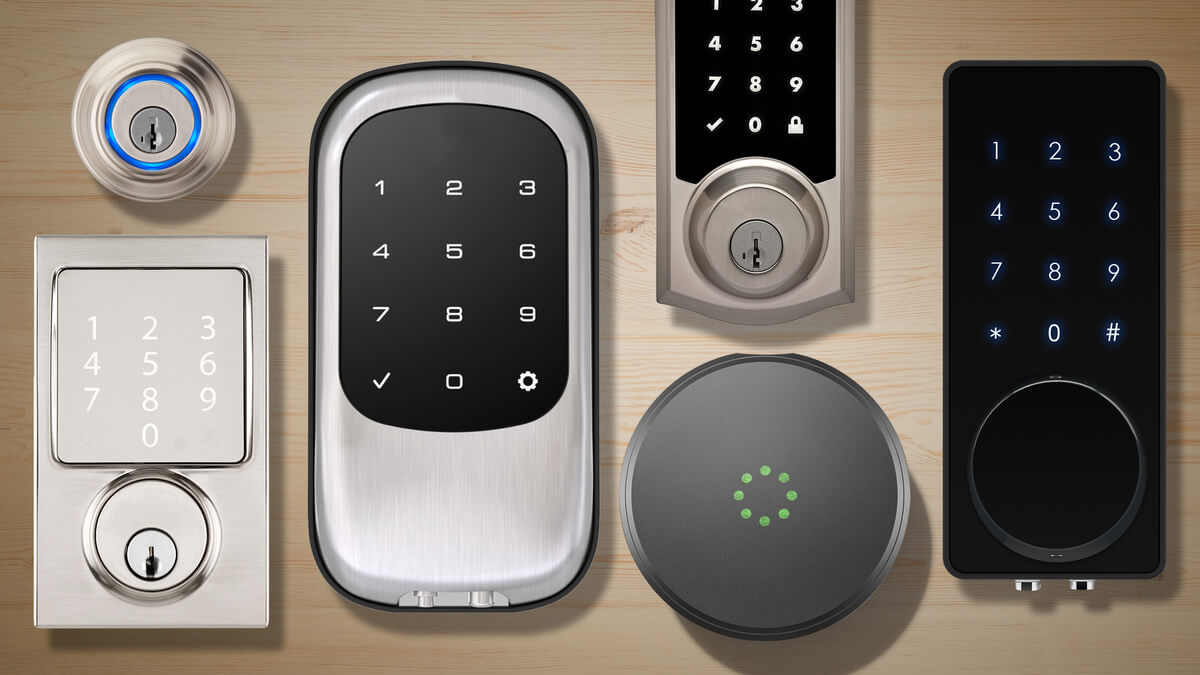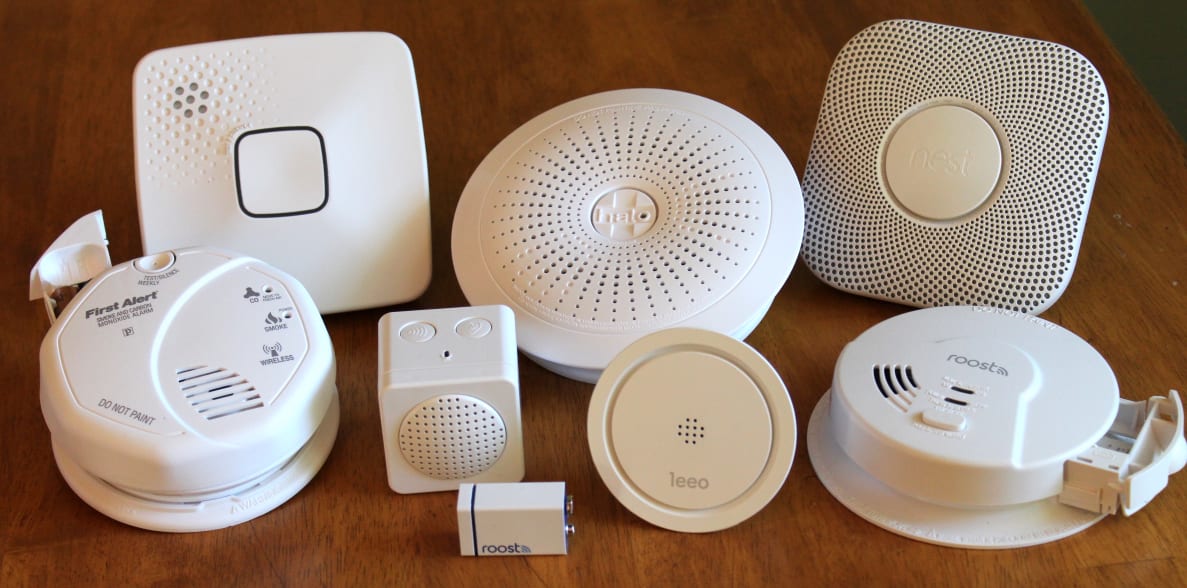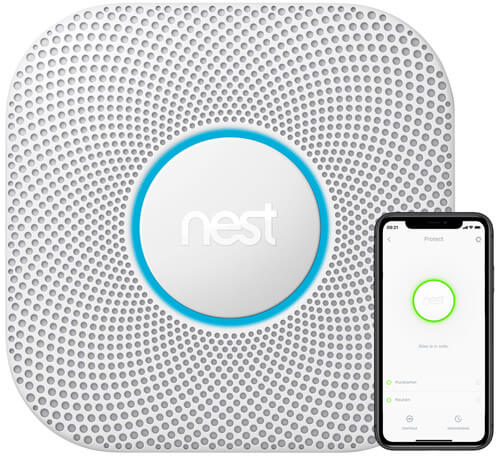
Introduction to Zigbee (2020)
In this video you will learn about a wireless technology called Zigbee Before getting into the video. I am sure that you are familiar with short-range wireless networking technologies like wifi and Bluetooth, which are used to connect devices.
These technologies are fairly mainstream today and are used in specific use cases. For example, if you want to stream audio, you are likely to use Bluetooth. Likewise, if you are streaming video or large files, you are likely to use WiFi, But let us think of a use case where we have to connect a large number of battery-operated devices. Is it ok to operate them using Wifi or Bluetooth? The answer is clearly NO
Because wifi consumes a lot of power and is therefore not ideal for battery-operated devices. Most of the WiFi devices, like your mobile phones or your laptop, are usually charged on a daily basis. Then what about Bluetooth, you may say well: Bluetooth, consumes less power than wifi. So would that not be ideal for our use case, But You can connect only a limited number of devices to a Bluetooth network and therefore BlueTooth is not ideal for our use case as well. So what could be a better solution to connect a large number of battery-operated devices Enter Zigbee?
But what exactly is this term? Zigbee Zigbee like Wifi and Bluetooth, is a short-range wireless protocol. The Zigbee is built on top of the IEEE 802.15.4 physical layer and is designed to meet the needs of low-cost battery-operated applications where Longer battery life is of the major concern. Unlike the other two technologies, Zigbee operates at a very low data rate of 250kbps, And this low data rate is the tradeoff we need to live with, because we are optimizing for a low power network protocol that can connect many devices.
A single Zigbee enabled device can reach up to a range of 10-20 meters, ( indoors ) in search of another Zigbee device present in the network. The Zigbee operates in a mesh topology which helps the Zigbee device to transfer its message to its destination via a number of intermediate Zigbee devices connected within the network. So what is Mesh topology? Don’T wifi and Bluetooth.
Follow this Well in a basic sense. Topology can be termed as a way in which devices are connected to each other In mesh topology. There is a coordinator that sends the information, an intermediate device which carries forward this information and an end device that receives the information. All the devices in this topology expect. The end devices can communicate with each other and also able to change the paths to deliver the information if any disturbance occurs in the network, Whereas In star topology there are no intermediate devices and the communication is done directly between the Coordinator and the end device.
This disables the chance of establishing an alternate path to transfer information at the time of failures, Wifi and Bluetooth are configured as Star networks, Whereas, as already discussed, Zigbee follows mesh topology.

There are 2 advantages to using a mesh network. First, a mesh network increases the system. Reliability Second, because of the way data transmission happens in a mesh network, the short-range of individual Zigbee devices stops being a problem. We can add a large number of Zigbee devices which need to transmit data just to the neighboring node.
This way, very large networks can be built based on Zigbee. In fact, the Swedish city of Gothenburg is a giant Zigbee network where over 250,000 homes are connected together for the purpose of remote energy metering. Coming to the security associated with Zigbee, it uses a 128bit AES algorithm to encrypt and authenticate the message signals via the links which are secured by special keys, allowing the end-user to use the devices in a secure manner.
So where do you think Zigbee is being used? Well, it is extensively used in Smart Homes to remotely access, electronics and also in Smart metering.





